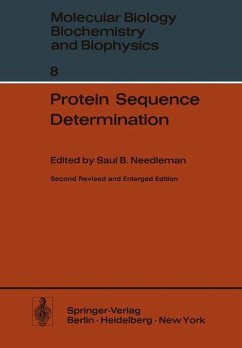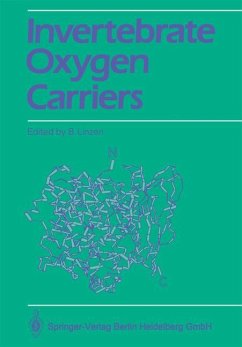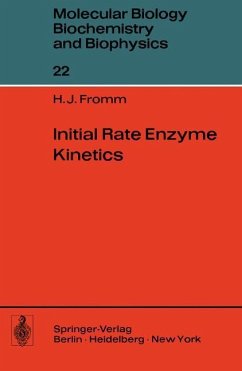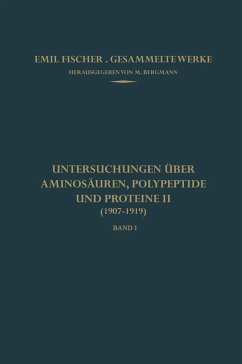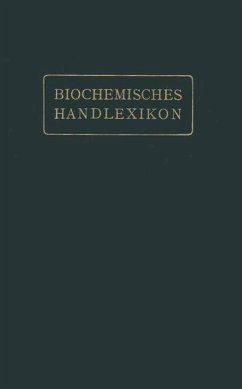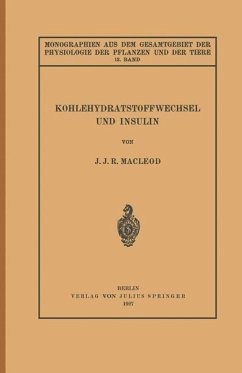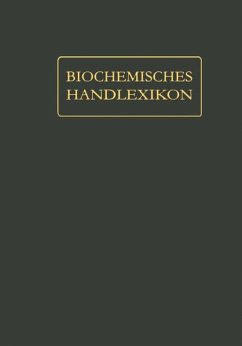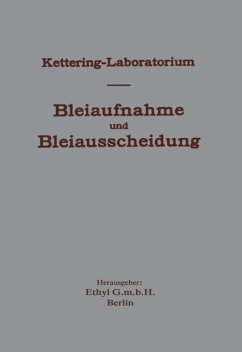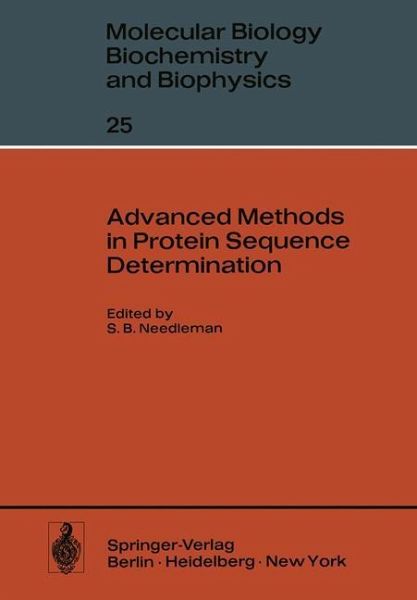
Advanced Methods in Protein Sequence Determination
Versandkostenfrei!
Versandfertig in 1-2 Wochen
77,99 €
inkl. MwSt.

PAYBACK Punkte
39 °P sammeln!
Confusion now hath made his masterpiece Macbeth II iii 72 Whence and what are those execrable shape? Paradise Lost Ib 1 681 Confusion worse confounded Paradise Lost Ib 1 995 When the manuscript for the first part of this book was proposed, it was anticipated that the discussion of the entire field of protein se quencing could be covered in a single volume - from purification and characterization of the protein through fragmentation by chemical or enzymic means and, finally, to reassembly of the identified individual peptides into the reconstructed total sequence. It soon became evident that th...
Confusion now hath made his masterpiece Macbeth II iii 72 Whence and what are those execrable shape? Paradise Lost Ib 1 681 Confusion worse confounded Paradise Lost Ib 1 995 When the manuscript for the first part of this book was proposed, it was anticipated that the discussion of the entire field of protein se quencing could be covered in a single volume - from purification and characterization of the protein through fragmentation by chemical or enzymic means and, finally, to reassembly of the identified individual peptides into the reconstructed total sequence. It soon became evident that this would not be possible. While the intent was to restrict the expose of procedures only to that information concerned with "hands on" wet chemistry, it became apparent that a thorough presentation would require, in addition, a discussion of certain instrumental and more theoretical approaches not included in the first volume. Furthermore, the entire understanding of the field of protein sequencing has advanced appreciably since the inception of this book. The purpose of the first volume was to provide practical information in sufficient detail to permit the researcher to undertake the actual sequencing procedures in his own laboratory.





